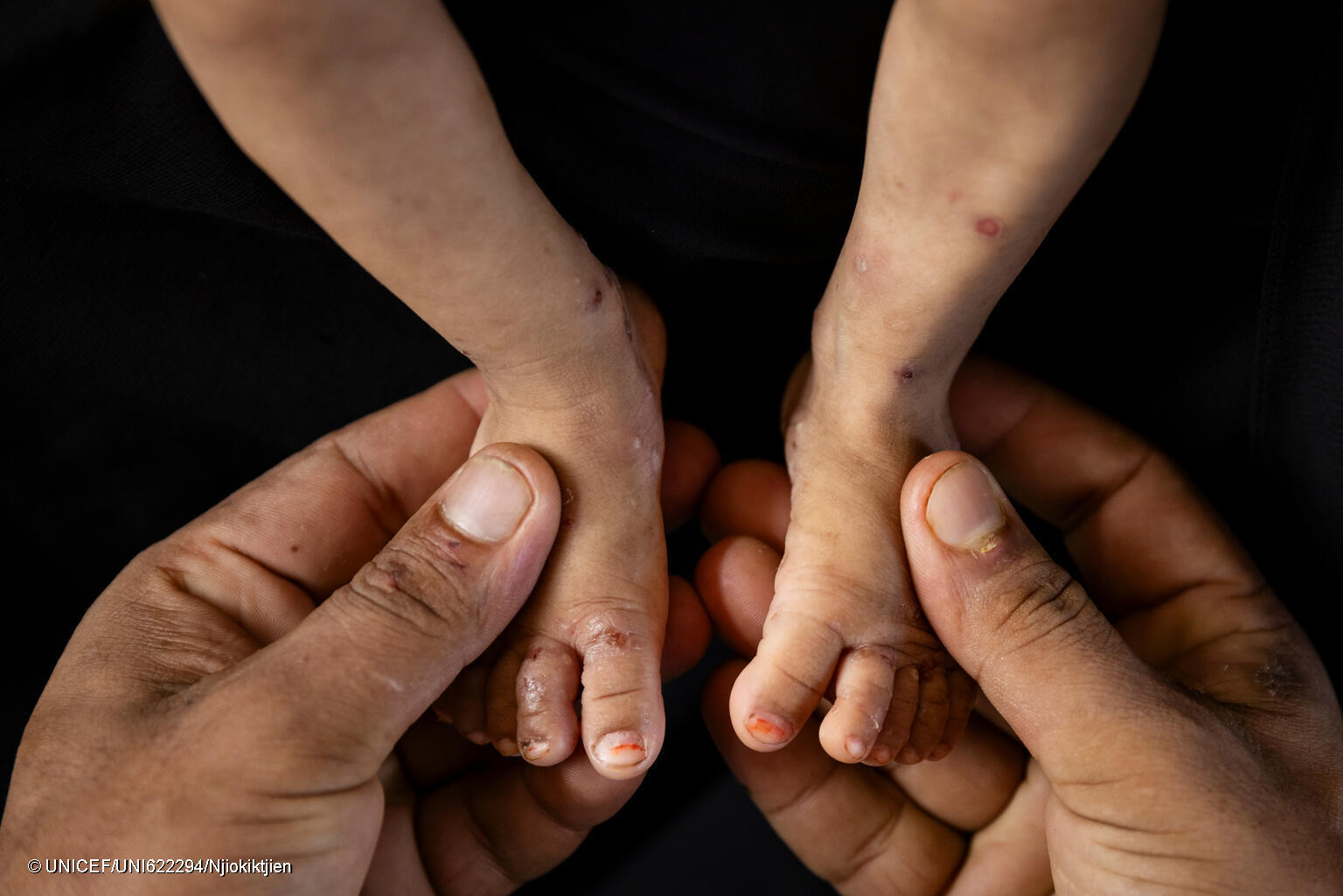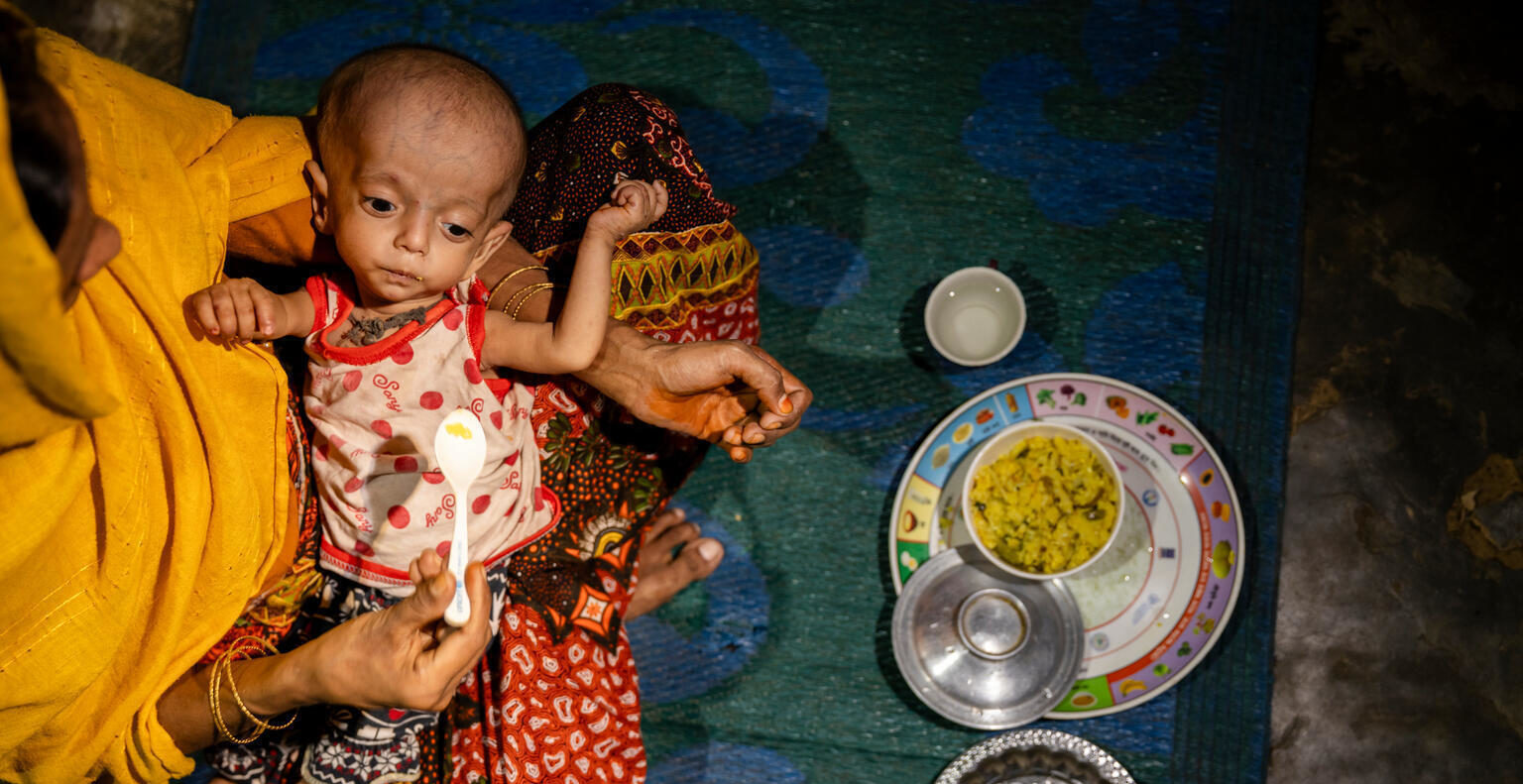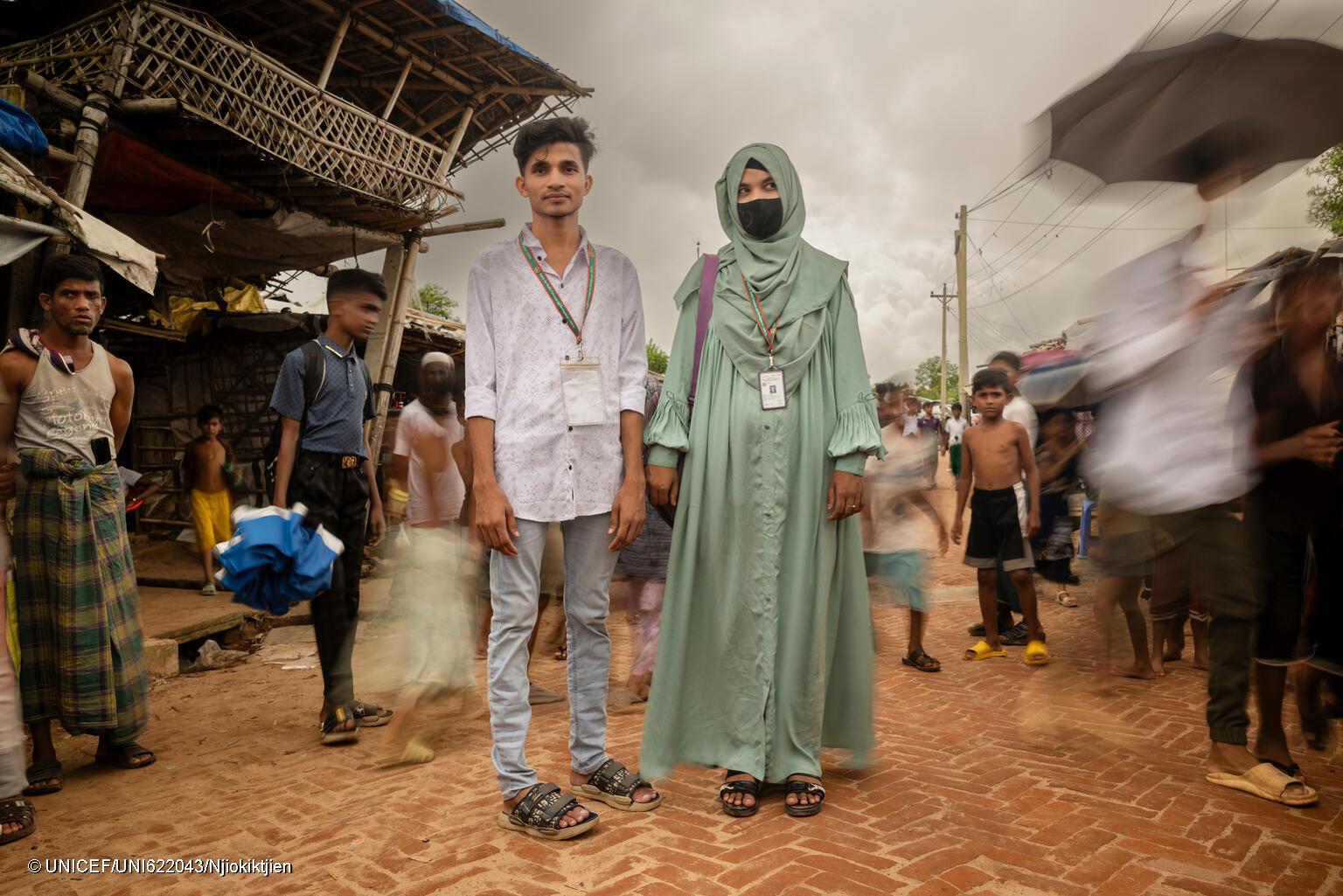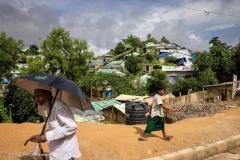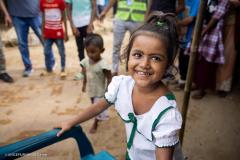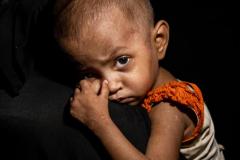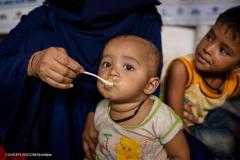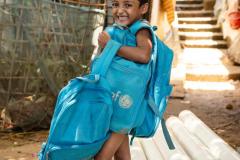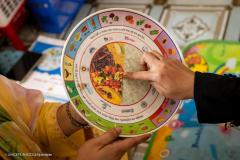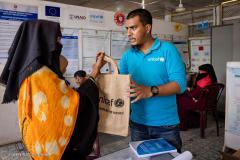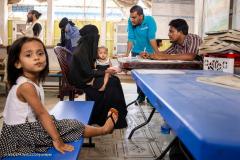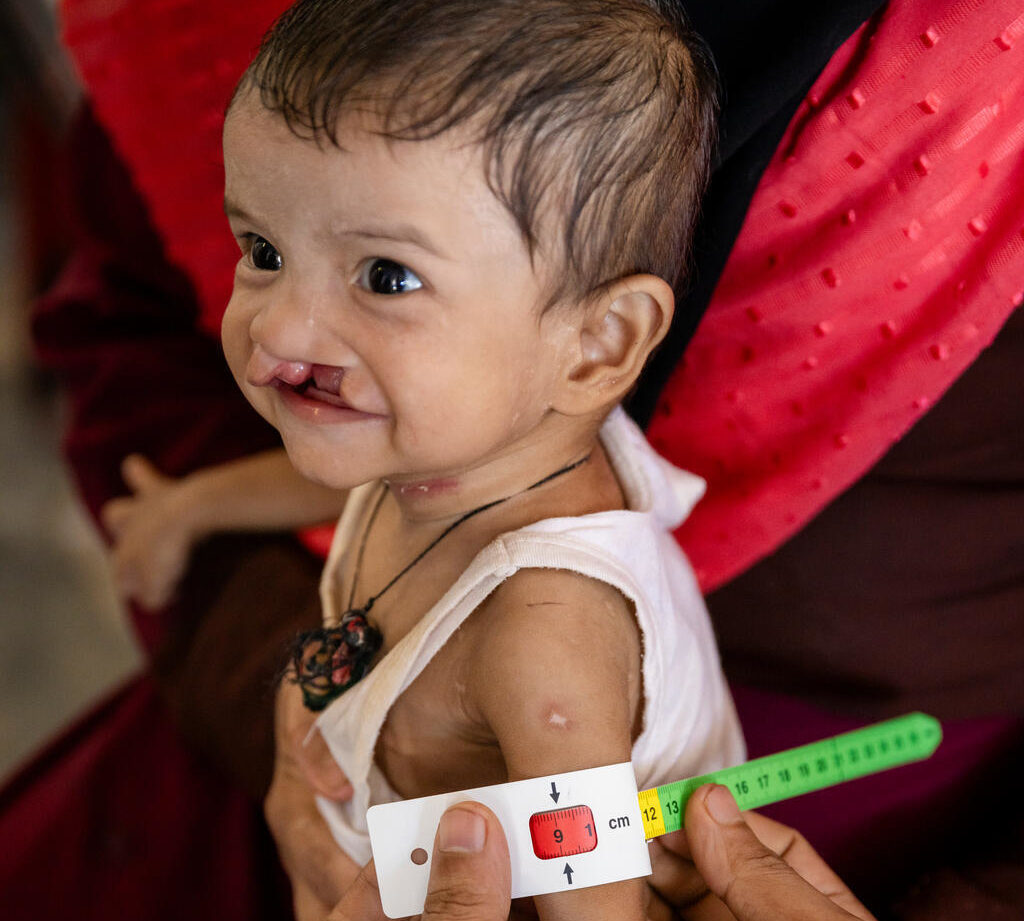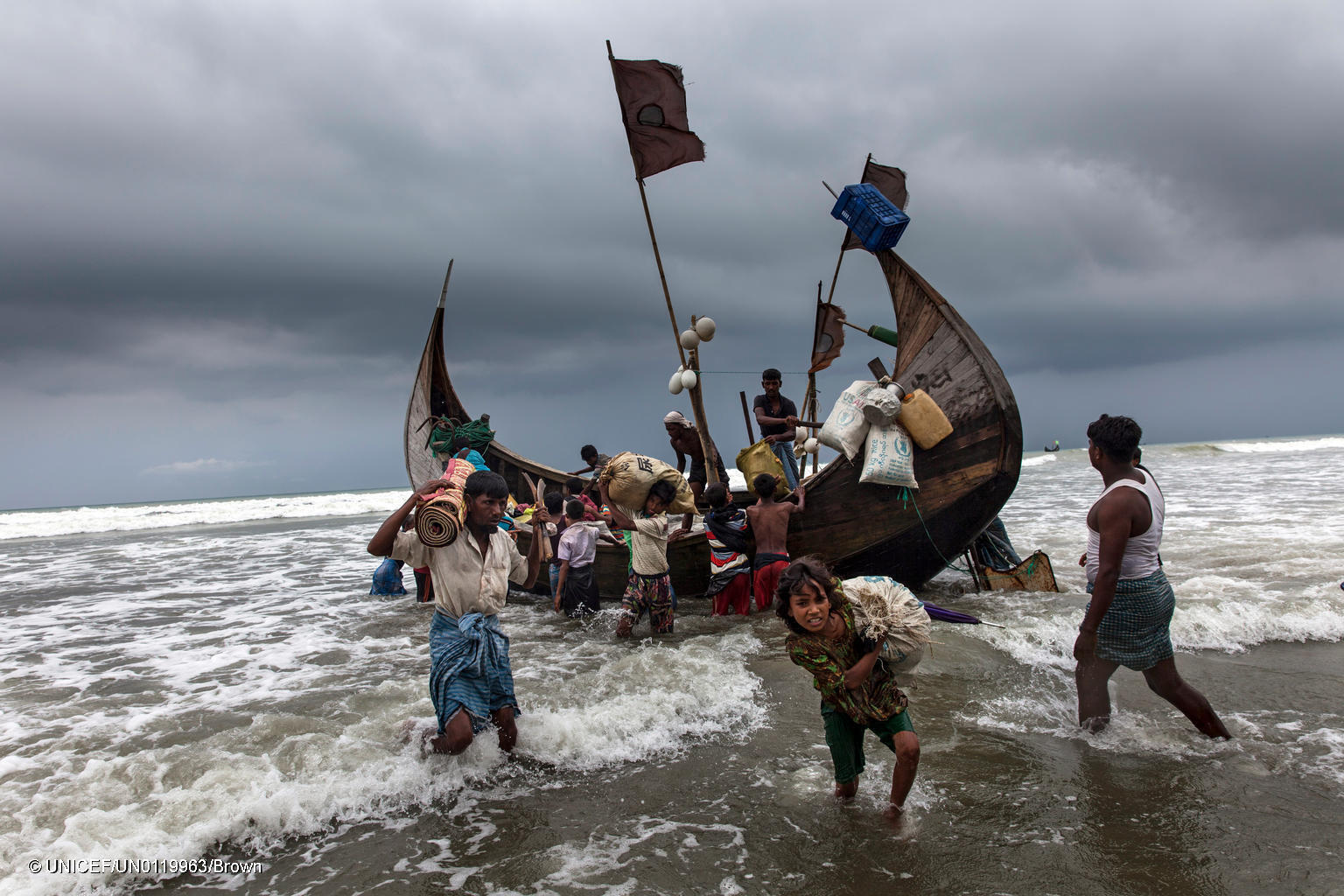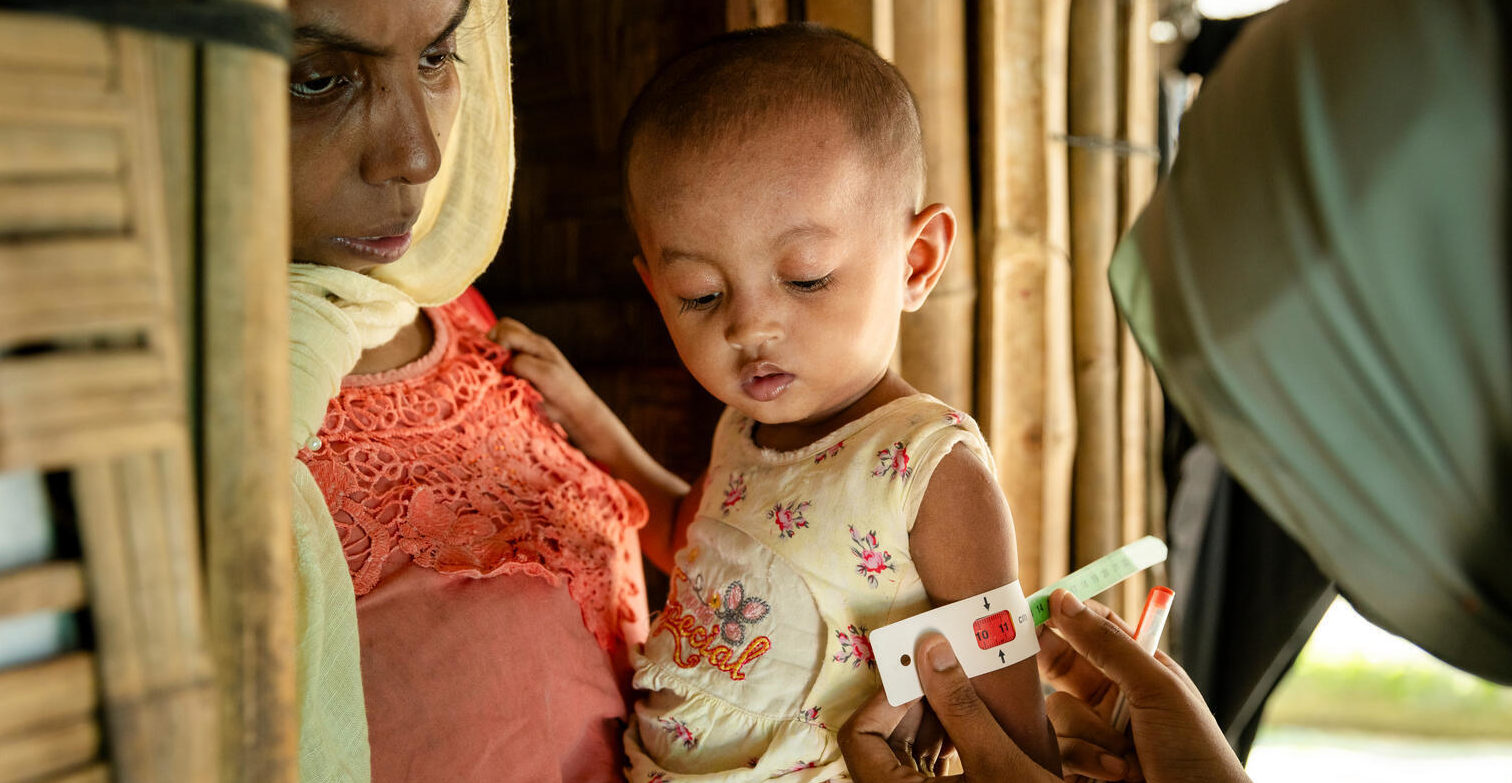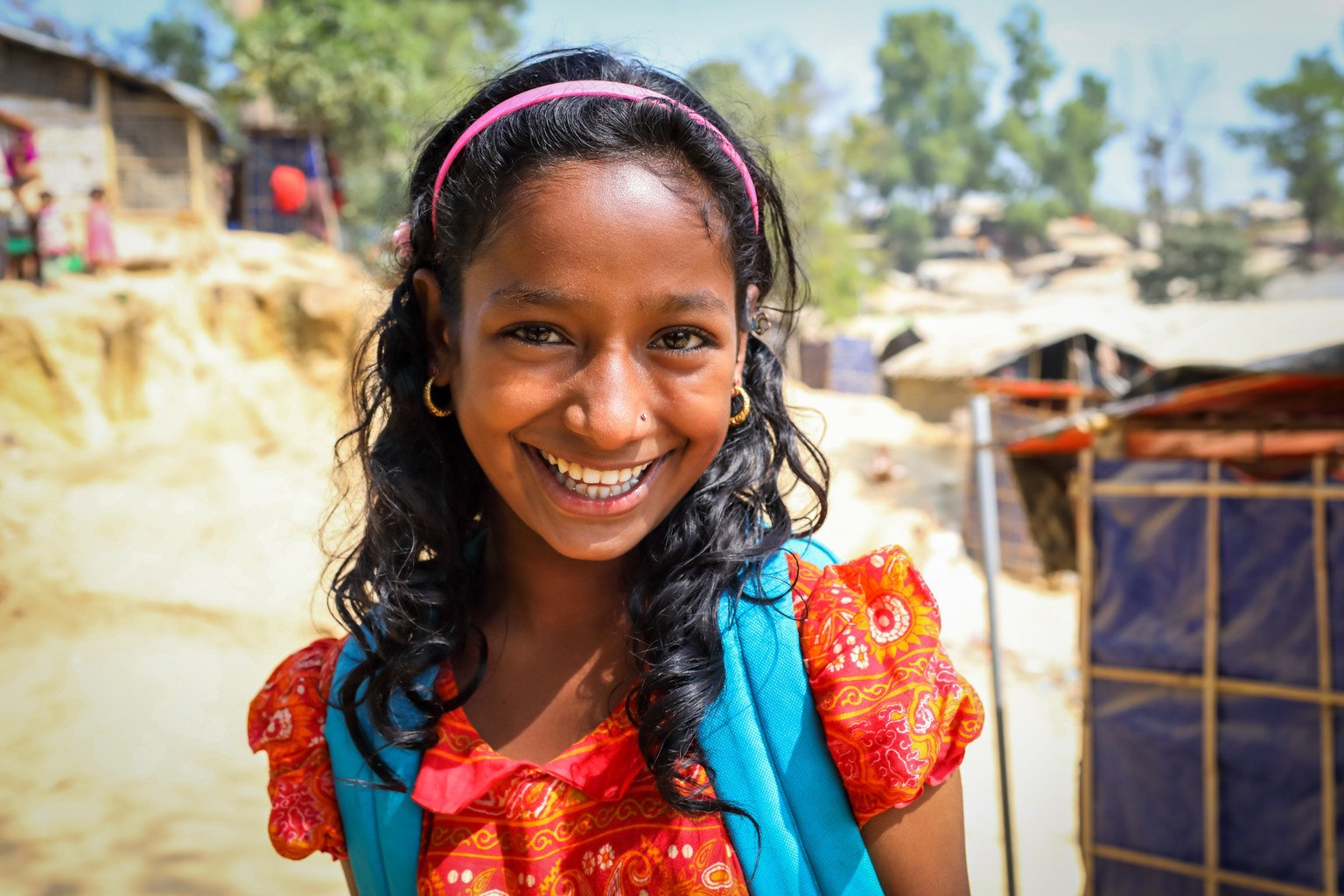What is the Rohingya crisis
In August 2017, as violence flared in Myanmar, hundreds of thousands of terrified Rohingya fled across the border to Bangladesh in search of safety.
Leaving behind their homes, their belongings, their communities, some made the journey in crowded fishing boats, braving the rough waters of the Bay of Bengal.
Others made the journey on foot. Walking for days through dense forests and across hilly terrain.
Many of them were children, pregnant women, sick or elderly.
As the refugees poured onto the beaches and rice paddies of Bangladesh, some built makeshift huts for shelter.
But most of those arriving slept the open air, suffering from exhaustion, sickness and hunger and bringing with them accounts of unspeakable violence and brutality that had forced them to flee.
Those fleeing attacks and violence in the 2017 exodus joined around 300,000 people already in Bangladesh from previous waves of displacement, effectively forming the world’s largest refugee camp.
More than seven years later, one million Rohingya refugees in Bangladesh are still living in exile from their home country.
Half of these refugees are children, and many have been born into this limbo.
They rely entirely on humanitarian assistance and live in temporary shelters in highly congested camps, leaving them vulnerable to disease outbreaks, malnutrition, extreme weather, and gender-based violence, child marriage and child labour.
